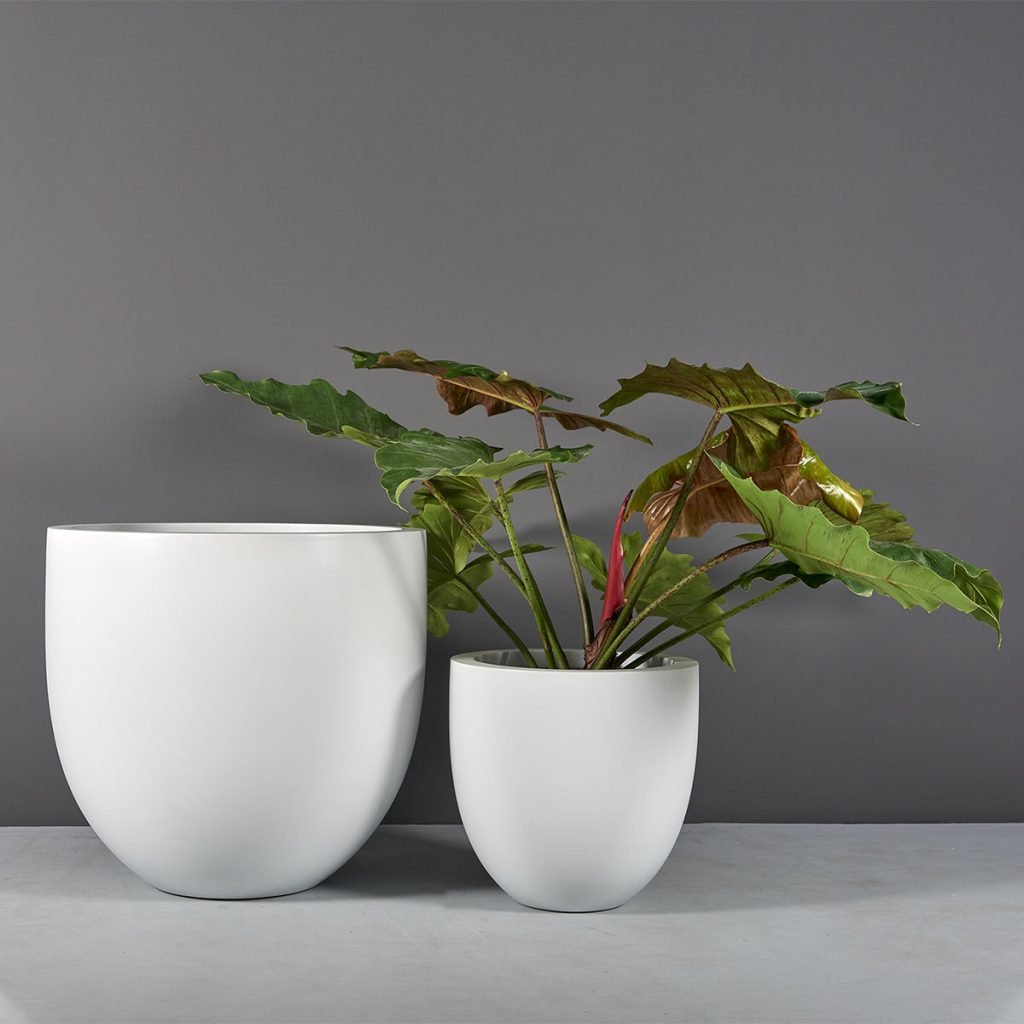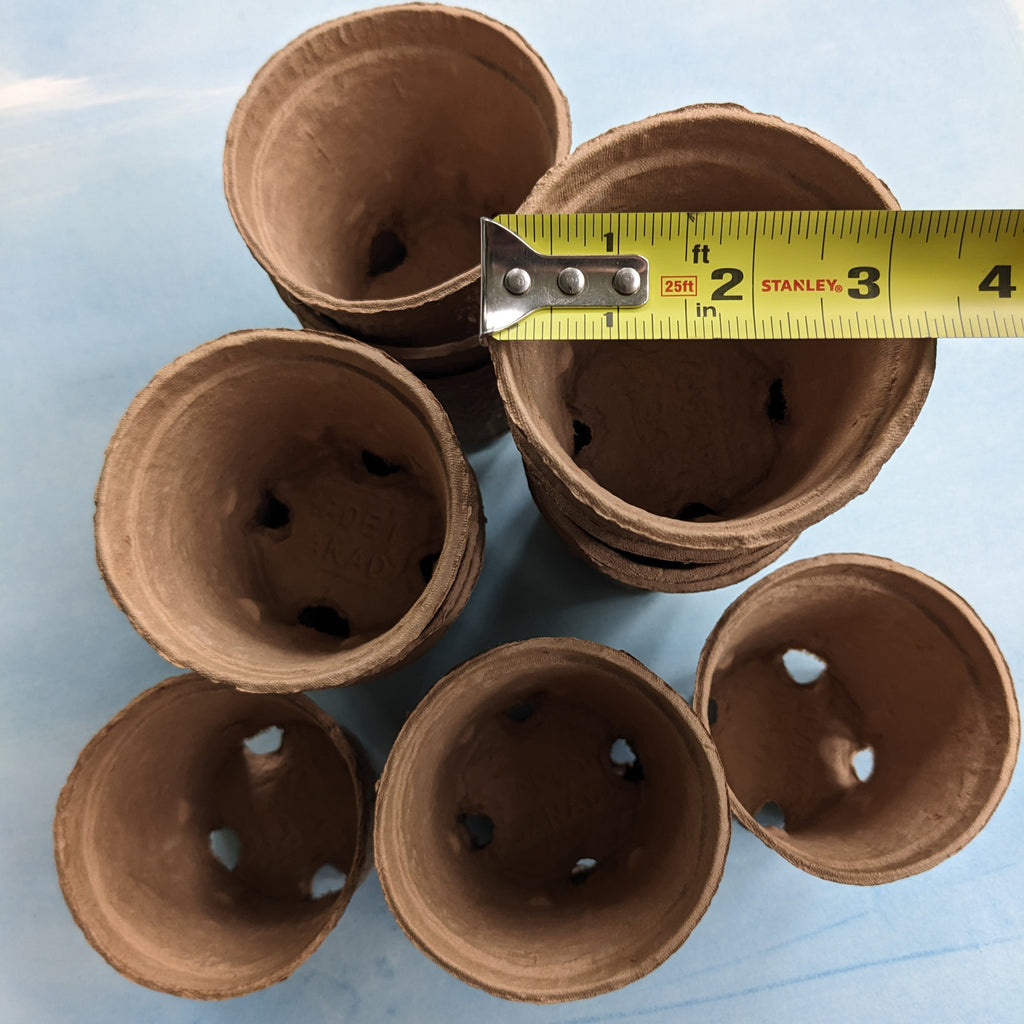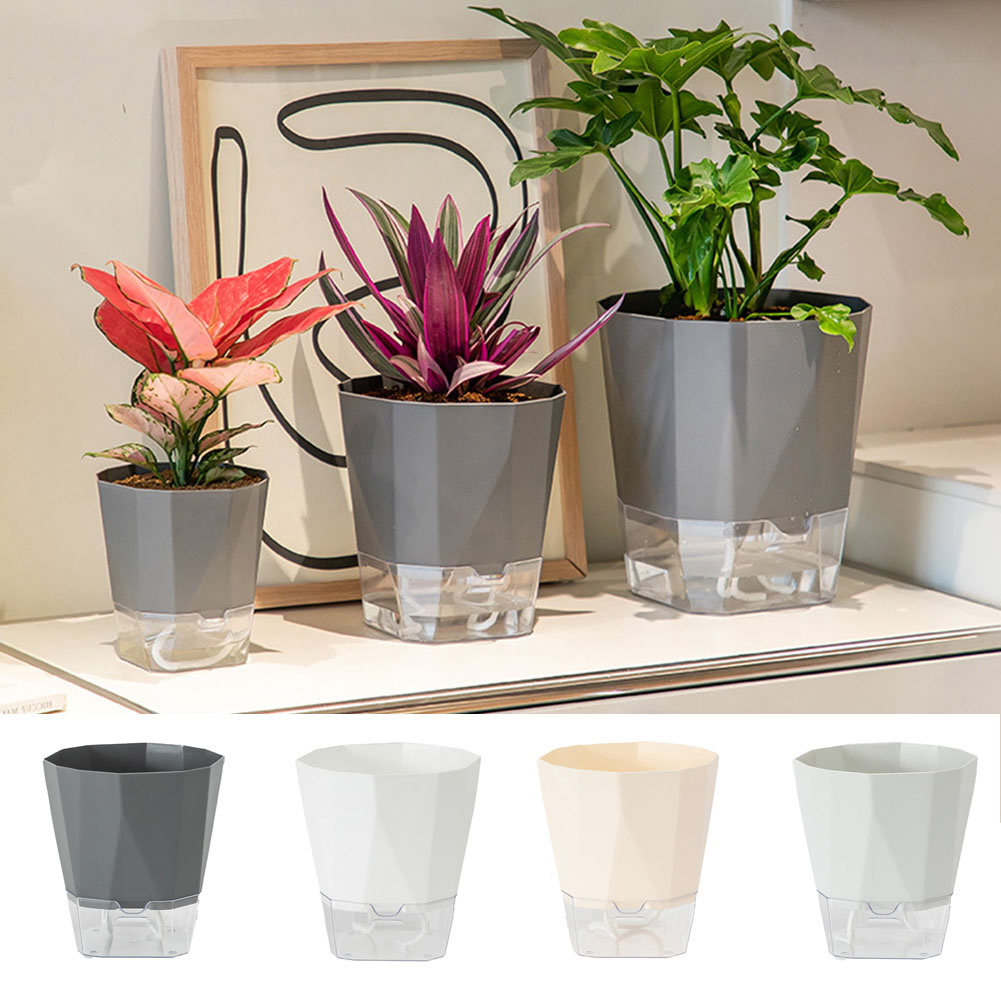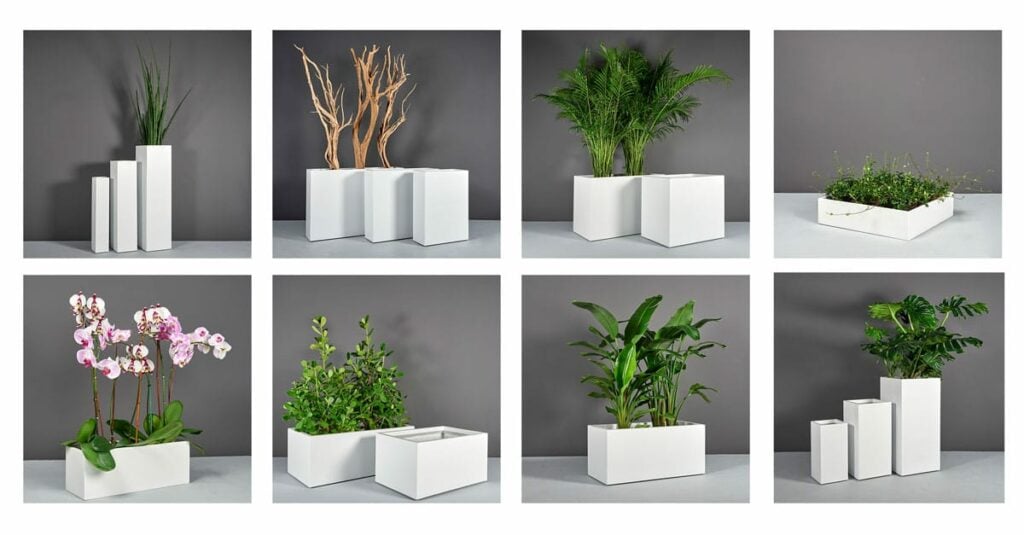Introduction to Flower Pot Measurements
Understanding how to accurately measure flower pots is an essential skill for any gardener, whether you are an amateur plant enthusiast or a seasoned horticulturist. The correct pot size can significantly influence the health and growth of your plants, affecting everything from root development to overall stability. This guide aims to simplify the process of measuring flower pots, providing you with the knowledge needed to ensure your plants have the perfect home. We’ll explore the importance of accurate measurements, the tools required, and step-by-step instructions on how to measure various dimensions of your flower pots.

Importance of Accurate Measurements
Accurate measurements of flower pots are crucial for several reasons. Firstly, the size of the pot directly impacts the root space available for your plant, which in turn affects its growth and health. A pot that is too small can restrict root expansion, leading to stunted growth and poor nutrient uptake. Conversely, a pot that is too large may cause the soil to retain excessive moisture, increasing the risk of root rot and other fungal diseases. Additionally, proper pot sizing ensures that your plant remains stable and upright, especially for taller or top-heavy species. Correctly sized pots also help in optimizing your garden space, allowing you to efficiently plan and arrange your plants. Thus, taking precise measurements is not just a technicality but a fundamental aspect of successful gardening.
Tools Needed for Measuring Flower Pots
Before diving into the measurement process, it is essential to gather the right tools. The most basic tool you will need is a measuring tape or ruler. Ensure that your measuring tape is flexible enough to wrap around curved surfaces and long enough to measure larger pots. For more accuracy, especially when dealing with smaller pots, a caliper can be very useful. This tool allows you to measure both the internal and external dimensions with precision. In addition to these, having a notebook or digital device to record your measurements can be handy for future reference. A level surface is also necessary to place your pot for accurate height and diameter readings. By preparing these tools in advance, you can ensure a smooth and efficient measuring process.

Measuring the Diameter of the Pot
The diameter of a flower pot is one of the most critical measurements and is typically taken at the widest point of the pot. To measure the diameter, place the pot on a flat, stable surface. Stretch your measuring tape or ruler across the top edge of the pot, ensuring it passes through the center for the most accurate reading. If the pot has a tapered shape, the top will usually be the widest part. Record the measurement in both inches and centimeters if possible, as different pot sizes may use different units. For round pots, this single measurement suffices. However, for irregularly shaped pots, you may need to take several measurements at different points and calculate an average to get an accurate diameter. This measurement is crucial for determining the pot’s compatibility with plant saucers, shelves, or decorative holders.
Measuring the Height of the Pot
The height of the flower pot is another essential dimension that needs careful measurement. Position your pot on a level surface and place your measuring tape or ruler vertically against the side of the pot, starting from the bottom base to the top rim. Ensure that the measuring tool is straight and not tilted to avoid inaccuracies. For pots with legs or raised bases, include these in your measurement if they contribute to the overall height. The height of the pot is particularly important for plants with deep root systems that require more vertical space to grow. Additionally, the height will affect how much soil you need to fill the pot and the overall balance of the plant once it is potted. Recording the height accurately will help you choose the right plants and accessories for your pot.

Measuring the Inner Dimensions
While the outer dimensions of the pot are important, the inner dimensions are equally crucial, especially when considering the actual growing space available for the plant roots. To measure the inner diameter, use a measuring tape or caliper and measure the distance across the inside of the pot from one side to the other, passing through the center. For the inner height, measure from the inner base to the top rim. These measurements are particularly vital for determining the volume of soil needed and ensuring that the plant has ample room for root expansion. Inner dimensions are also key when transplanting or potting up plants, as they need to match the existing root ball size. Accurate inner measurements help in deciding whether additional space is required for optimal plant growth.
Calculating the Volume of the Pot
Understanding the volume of your flower pot is essential for knowing how much soil or potting mix you will need. The volume calculation differs based on the shape of the pot. For cylindrical pots, the formula for volume is π (pi) multiplied by the radius (half of the diameter) squared, and then multiplied by the height. Mathematically, this is expressed as V = πr²h. If your pot is rectangular or square, simply multiply the length, width, and height (V = lwh). For more complex shapes, you may need to use specific geometric formulas or approximation methods. Knowing the volume is particularly helpful when purchasing soil, as it allows you to buy the exact amount needed, reducing waste and costs. It also ensures that your plants have the right amount of soil to thrive in their new environment.

Measuring Irregularly Shaped Pots
Irregularly shaped pots present a unique challenge when it comes to measurements. Unlike standard round or square pots, these can have varying widths, heights, and depths. To measure such pots, start by identifying the widest and narrowest points. Measure the diameter at these points and note them down. For height, measure from the highest and lowest points of the pot. If the pot has a unique curvature or design, consider taking multiple height and width measurements at different sections and averaging them for a more accurate representation. Additionally, you might want to measure the depth separately if it varies significantly from the height. These detailed measurements will help you understand the pot’s capacity better and ensure that it meets the needs of your plant while fitting well within your garden space.
Considering the Pot’s Shape and Design
The shape and design of a flower pot can significantly affect its functionality and aesthetic appeal. While measuring, it is essential to consider the overall design and how it influences planting and placement. For instance, pots with wide mouths and narrow bases might require extra support to prevent tipping over, especially with tall plants. Similarly, pots with intricate patterns or handles may present measurement challenges but add to the decorative value. When choosing a pot, consider both its practical and aesthetic aspects. The measurements should align with the plant’s needs, but the pot should also complement your garden’s design. Balancing these factors ensures that your plants not only thrive but also enhance the visual appeal of your space.

Conclusion
Measuring flower pots accurately is a fundamental skill for any gardener, impacting the health and growth of your plants as well as the overall aesthetics of your garden. By understanding the importance of precise measurements and utilizing the right tools, you can ensure that each pot is perfectly suited to its plant. Whether dealing with standard, self-watering, hanging, or decorative pots, following a systematic approach to measuring height, diameter, and volume ensures optimal plant care and garden organization. Adapting measurements to different plant types and odd shapes further enhances your gardening efficiency and creativity. With this guide, you can confidently measure your flower pots, ensuring that your plants thrive in a well-organized and beautifully designed environment.